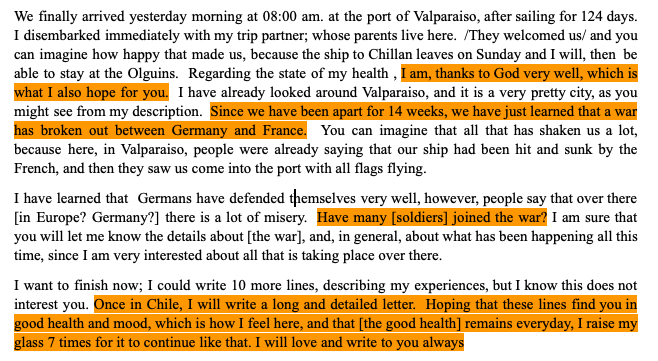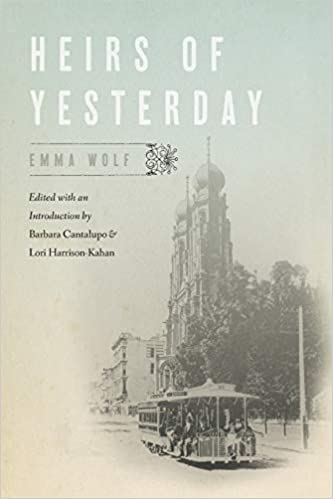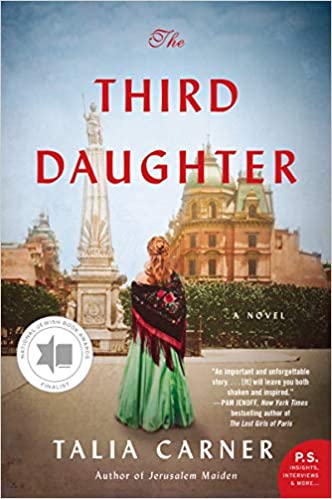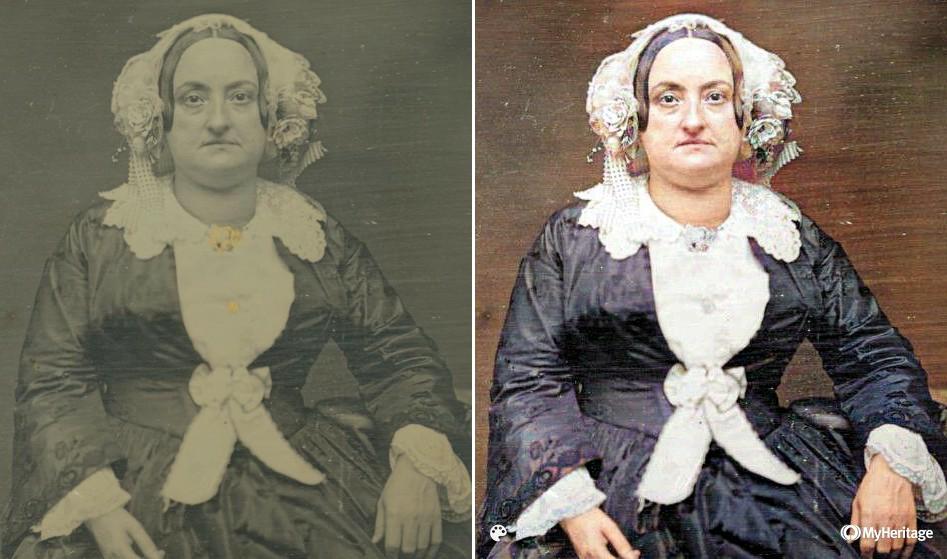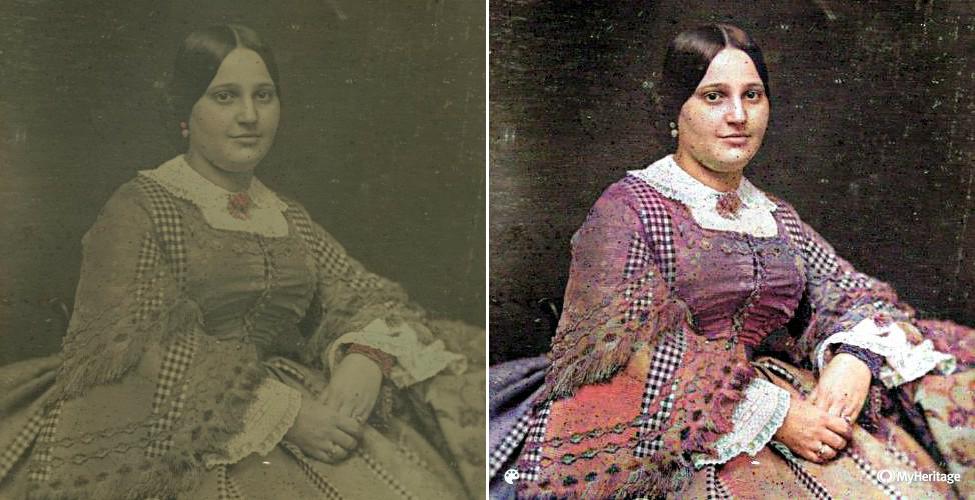Yaron Ayalon, in his article “Ottoman Jews and the Plague,” discusses the Jewish community’s impact on a given society during an epidemic, and deliberates whether their actions and behavior cause them more suffering than other groups. Ayalon examines Jewish communities’ experiences of epidemics as a result of the Ottoman Empire’s response to national disasters. During this period, the state’s response to epidemics was unsatisfactory, which forced the Jewish community to function as a relief agency during times of plague. Communal leaders frequently reallocated property, wealth, and services to those in need, which resulted in a great depletion of vital resources for Jews themselves. Ayalon reveals that during times of chaos, Jewish religious leaders frequently abandoned their communities either temporarily or permanently due to high amounts of stress. Their departure caused many commentators to use religion to explain a groups desire or motivation to escape a given area. However, evidence shows that this was not the case, as substantially more Jews chose to die of the plague than to flee their homes. For Ayalon, the number of Jews who remained in their society during state-wide disaster indicates that an individual’s livelihoods depended on their work/income- not their religion. Therefore, he argues that Jews did not have a significantly different experience than their neighbors during catastrophes, but rather it was one’s class status that determined their experience during an epidemic and influenced their decision of whether or not to flee. In his conclusion, Ayalon argues that while it is clear that Ottoman Jews suffered greatly during these events, it is unclear and unproven whether their suffering was due to the fact that they were Jewish. Therefore, for Ayalon, the Ottoman Empire can disprove the popular assumption that Jewish societies suffer more during state-wide disasters than other groups.
This essay does a wonderful job at highlighting the obscurities and stereotypes that involve the Jewish community and disease/illness. It was particular helpful that Ayalon addressed the negative stereotypes Jewish communities face in his introduction, as he provides historical and cultural background that perfectly sets up his article. That said, the essay itself ultimately tries to disprove these false stereotypes through a logic-based argument, where each individual paragraph addresses a separate point of concern and ends with a clear explanation/conclusion. I particularly enjoyed that Ayalon made certain points between each of his sections, however, found that it was a bit difficult to navigate and make connections between all of them. His conclusion, however, was especially useful, since it was extremely clear, concise, and summarized his arguments very well.
I also enjoyed how Ayalon utilized several pieces of secondary scholarship. I found that in doing so, he both added to his own argument and provided the readers with other information about the time period, other individual’s opinions about the topic, etc. His ultimate conclusion becomes especially important and useful when looking at how any society (Jewish or non-Jewish) manage themselves during epidemics/global catastrophes, as it denotes that groups suffer during state-wide emergencies based on their class and fiscal status and not their religion.

